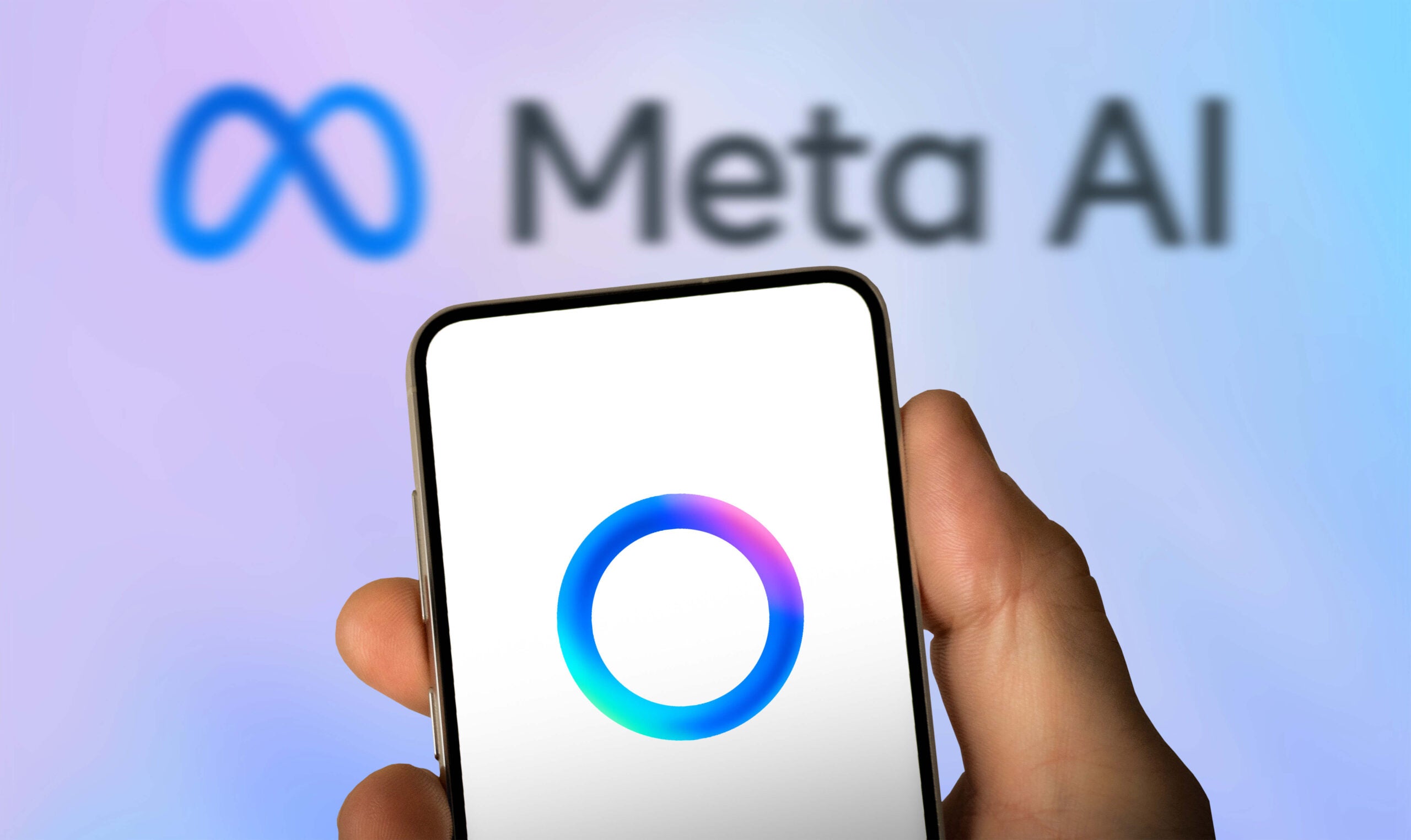Don’t miss out on our latest stories. Add PCMag as a preferred source on Google.
OpenAI and Meta both released AI-generated video feeds this week, sparking debate on social media about whether it’s the best use of the costly, energy-intensive technology.
While the videos are impressive in their image quality and capabilities, they raise the question, “Did anyone ask for this?” Meta is calling its product Vibes, while OpenAI released a next-gen version of its video creator, Sora 2, via a TikTok-style video app for iOS.
“Sora 2 looks impressive,” says one X user. “What’s even more impressive is how little I care to watch anything made using it.”
The social media lingo for this type of AI-generated content is “slop,” which loosely means generic, soulless, and optimized for quantity, not quality. However, others are more supportive, finding it a fun distraction and creative project. Clearly, it’s caught on in some fashion, given the number of videos users are posting to social media and the conversation it’s created.
One person called out OpenAI CEO Sam Altman for launching such a frivolous product after his CNBC interview last week, in which he claimed the company’s mission is to achieve sufficient computing power to cure cancer and attain “artificial general intelligence” (AGI).
Altman responded by acknowledging that he “gets the vibe” of what critics are saying, but argued that the company needs to make money to cover the costs of the seemingly infinite data centers required to power the technology.
“We do mostly need the capital for build[ing] AI that can do science, and for sure we are focused on AGI with almost all of our research effort,” Altman says. “It is also nice to show people cool new tech/products along the way, make them smile, and hopefully make some money given all that compute need.”

Get Our Best Stories!
Your Daily Dose of Our Top Tech News

By clicking Sign Me Up, you confirm you are 16+ and agree to our Terms of Use and Privacy Policy.
Thanks for signing up!
Your subscription has been confirmed. Keep an eye on your inbox!
This Tweet is currently unavailable. It might be loading or has been removed.
Ironically, Sora 2 requires a significant amount of compute power on its own, suggesting OpenAI needs to use compute power to fund more of it. It’s currently free to get users hooked, but that’s likely to change in the near future.
“Sora 2 will initially be available for free, with generous limits to start so people can freely explore its capabilities, though these are still subject to compute constraints,” it says. Serious users will need to pay for a $200-per-month ChatGPT Pro subscription for the full capabilities and fewer limits.
Meta has not commented on whether its Vibes video feed will help its bottom line. But across its platforms, engagement and ad dollars are king. This week, it confirmed that Meta AI chats will be mined to serve up targeted ads and recommendations.
Recommended by Our Editors
The company has also been spending millions on gigantic pay packages for top AI talent—another case of spending money to make money. It hired Scale AI founder Alexandr Wang with a rumored $100 million pay package. Last week, Wang debuted Vibes in a social media post.
This Tweet is currently unavailable. It might be loading or has been removed.
OpenAI doesn’t expect to be profitable until 2029, when it’s projected to reach $125 billion in revenue, according to Bloomberg News. However, it earned more money in the first half of 2025 than it did in all of 2024, and is on track to rake in $13 billion in revenue by the end of the year, The Information reports.
That mostly comes from ChatGPT subscriptions, but the company is working on new streams of income. This week, it announced a new shopping feature that lets ChatGPT users purchase products from Etsy, Glossier, Skims, Spanx, Vuori, and presumably other Shopify-powered websites. It will take a cut of the revenue.
Disclosure: Ziff Davis, PCMag’s parent company, filed a lawsuit against OpenAI in April 2025, alleging it infringed Ziff Davis copyrights in training and operating its AI systems.
About Our Expert

Emily Forlini
Senior Reporter
Experience
As a news and features writer at PCMag, I cover the biggest tech trends that shape the way we live and work. I specialize in on-the-ground reporting, uncovering stories from the people who are at the center of change—whether that’s the CEO of a high-valued startup or an everyday person taking on Big Tech. I also cover daily tech news and breaking stories, contextualizing them so you get the full picture.
I came to journalism from a previous career working in Big Tech on the West Coast. That experience gave me an up-close view of how software works and how business strategies shift over time. Now that I have my master’s in journalism from Northwestern University, I couple my insider knowledge and reporting chops to help answer the big question: Where is this all going?
Read Full Bio










